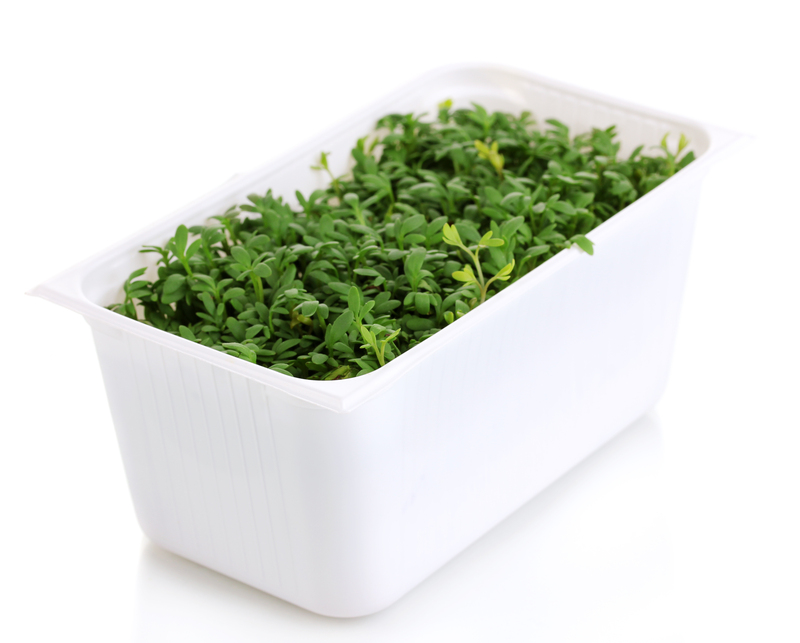Unlock the Secrets to Reducing Green Waste by 10 Methods
In our rapidly evolving world, environmental consciousness has gained considerable momentum, urging individuals and communities alike to adopt more sustainable practices. One effective way to contribute is by reducing green waste. With these 10 proven methods, you'll be empowered to make a significant difference, one compost heap at a time.
Understanding Green Waste
Before diving into methods for reduction, it's essential to understand what green waste entails. Generally, this refers to any biodegradable waste that stems from gardens or parks, including leaves, grass clippings, and branches. Unlike other types of waste, green waste can be recycled into mulch or compost, benefitting the environment in multiple ways.

Method 1: Start Composting
The Basics of Composting
Starting a compost pile is one of the most effective ways to reduce green waste. Composting turns organic material into valuable fertilizer, rich in nutrients that improve soil quality.
- Select a location: Choose a well-drained spot in your garden for your compost pile or bin.
- Layer your materials: Alternate between green (nitrogen-rich) and brown (carbon-rich) layers to maintain the right balance.
- Maintain moisture: Keep the pile damp, akin to a sponge.
- Aerate regularly: Turn the compost every few weeks to promote aeration.
By following these steps, you'll greatly diminish the amount of green waste sent to curbside collection.
Method 2: Grasscycling
Grasscycling refers to leaving grass clippings on the lawn after mowing. Underline the benefits of this practice: it reduces the need for fertilizers and watering, fosters robust grass growth, and, importantly, decreases green waste.
Steps to Grasscycling
- Mow regularly to produce smaller clippings.
- Ensure your mower has a sharp blade to chop clippings finely.
- Let nature do the work--no raking or bagging needed.
Method 3: Mulching
Mulching is an efficient way to manage garden waste while maintaining plant health. Spread shredded leaves or chipped bark across the soil to impede weed growth and preserve moisture.
Benefits of Mulching
- Improves soil structure and fertility.
- Reduces need for watering by preserving soil moisture.
- Minimizes green waste by using organic leftovers from gardening activities.
Method 4: Community Garden Programs
Engaging in community-based garden initiatives not only boosts social cohesion but also assists in reducing local garden waste. These programs often foster compost sharing, plant recycling, and collective waste management strategies.
Steps to Participate
- Reach out to existing community gardens in your area.
- Collaborate in composting efforts and share resources.
- Educate others on sustainable gardening practices.
Method 5: Use Green Waste Bins Effectively
Most municipalities provide green waste bins for proper disposal. Ensure you utilize these bins specifically for biodegradable materials, adhering to local guidelines.
- Do not include plastic bags even if they seemingly 'biodegradable'.
- Keep non-organic waste separate to ensure efficient recycling processes.
- Stay informed about what is accepted in your local green waste bin.
Method 6: Practice Selective Pruning
Pruning is necessary for the healthy growth of plants, but you can reduce green waste by being more selective. Trim only what's essential for growth, and integrate the clippings back into your garden as mulch or compost.
Steps for Effective Pruning
- Assess plants regularly to avoid unnecessary removal.
- Use proper tools to ensure clean cuts and prevent plant damage.
- Recycle pruned material back into the soil whenever possible.
Method 7: Avoid Over-planting
A common cause of excess green waste is over-planting. Be strategic in your plant choices, opting for perennial rather than annual plants where possible. This minimizes waste generated from seasonal clearing.
Tips for Smart Planting
- Plan your garden layout to ensure each plant has adequate space to thrive.
- Consider the mature size of plants to avoid overcrowding.
- Choose native species that are better adapted to the local environment, often requiring less maintenance and generating less waste.
Method 8: Encourage Leaf Collection Programs
Many local governments offer seasonal leaf collection services. These programs ensure leaves are sustainably processed into compost rather than clogging landfills.
- Participate in local leaf collection schemes during the fall.
- Encourage your neighbors to take part for collective impact.
- Utilize collected leaves for winter mulching or home composting plans.
Method 9: DIY Green Waste Projects
Inject creativity into your waste management strategy by upcycling green waste into useful DIY projects. Consider using branches and twigs for hedging, crafts, or even creating wildlife habitats.
Ideas for Upcycling
- Create rustic garden borders using trimmed branches.
- Build wooden compost bins from old fencing or twigs.
- Use sturdy cuttings as plant support for climbing species.

Method 10: Educate and Inspire
The final method emphasizes education. By spreading awareness about green waste reduction techniques, you can inspire collective action. Host workshops, join environmental groups, or simply lead by example in your community.
Ways to Share Knowledge
- Organize neighborhood gardening workshops to share best practices.
- Use social media to broadcast successful waste reduction stories and tips.
- Collaborate with local environmental groups to amplify the impact.
Conclusion
Reducing green waste is a crucial step in sustainable living. By implementing these methods, you can unlock numerous environmental benefits, from enriching the soil with home-produced compost to thrifty gardening practices that minimize waste. Each small action represents a stride towards ecological stability and a healthier planet. Embrace these secrets to make a lasting impact, engaging your community and paving the way for a greener future.